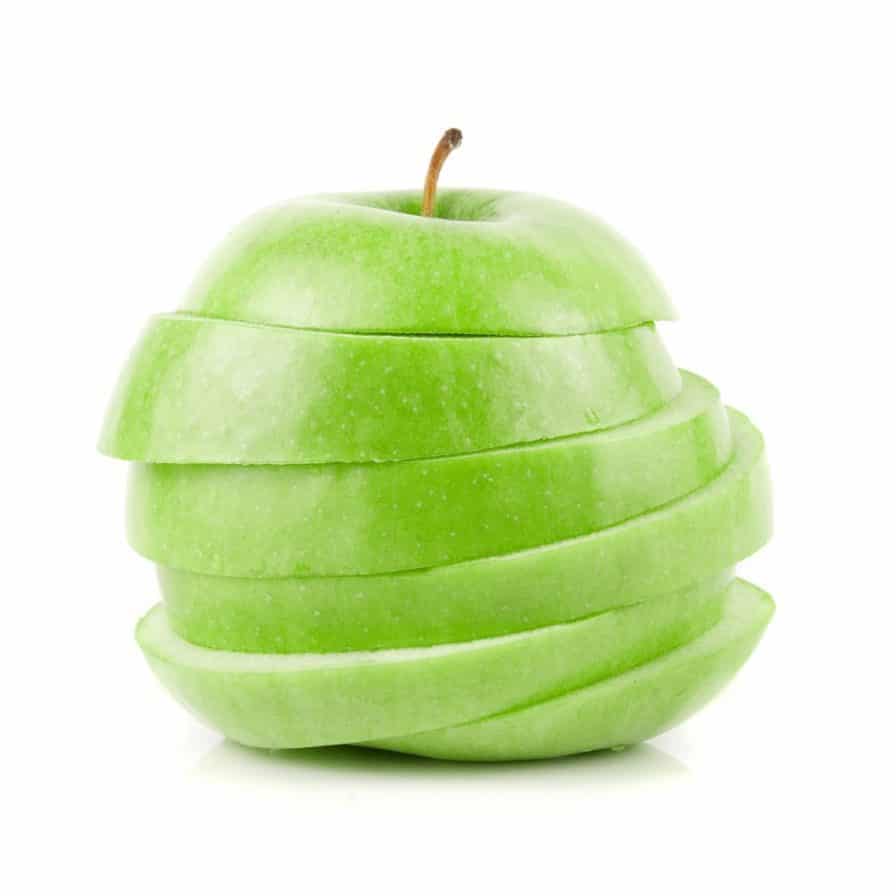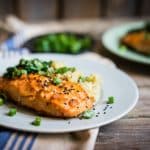
Fact File – Healthy Snacks – What To Eat To Fuel Up Between Meals
Sometimes we can snack more than we realise which can be high in salt, sugar or saturated fat. Too much of these can potentially increase body weight. Being overweight or obese will increase the risk of serious health problems like heart disease, stroke and type 2 diabetes. However, healthy snacks can provide valuable nutrients, if chosen wisely and attention is paid to portion size. This fact file focuses on helping you choose a healthier option and some tips to get you started.
Choose Healthy Snacks from the Five Main Food Groups
Fruit & Vegetables





- Fresh fruit and vegetables such as, apples, satsumas, cherry tomatoes, chopped carrots and peppers can be conveniently carried in a container.
- A small handful of dried fruit can be stored for longer and can be a great back up.
- By eating a variety of fruit and vegetables this will enhance your ability to eat all the vitamins and phytochemicals that your body needs for health.
Starchy Foods

(rye bread, popcorn, cottage cheese, low fat hummus)
- Focus on the whole grain varieties as they keep you fuller for longer. E.g. a slice of rye bread, two oatcake biscuits or a handful of plain popcorn.
- If you choose to add something to your whole grain snack, compliment it with another healthy option such as, cottage cheese or a spoon of low fat hummus.
- Whole grains tend to be higher in vitamins, minerals and fibre than the refined varieties, aim to have these at mealtimes also.
Meat, Fish, Eggs, Pulses, Nuts & Seeds
Rich in protein and iron.
Nuts, seeds and pulses are also high in fibre, which will keep you fuller for longer.



- A small handful of plain nuts and seeds can be kept in a handy container.
- A boiled egg is high in protein, which like fibre rich foods, may also help to keep you fuller for longer.
- Try homemade hummus which is really easy to make (blended cooked chickpeas, sesame seed paste, lemon juice and olive oil) and can complement your whole grain or vegetable snack too.
Milk & Dairy Foods
(natural yoghurt, cottage cheese)
Rich in calcium, which is needed for bone health.

- Natural yoghurt is a versatile snack and can be used as a base for a dip and or add fruit, nuts or seeds to it. Cottage or a low-fat cheese can complement part of a whole grain snack such as rye bread.
Aim for around two portions of this food group a day to ensure you have enough calcium.
Oils and Spreads

- Choose unsaturated oils and have in small amounts.
The Fifth Food Group
The fifth food group is made up of foods high in fat, sugar or salt and tend to be highly processed. Aim to avoid these as much as possible. Follow the strategy of if they are not in the house you are less likely to eat them! In addition, skip those aisles in the supermarket and plan ahead so that you have other healthier options available so you are not tempted.
Tips
- Aim for regular meals
- Try having a glass of water first
- Avoid having unhealthy snacks in the house, your drawer at work or in the car
- Plan ahead
- Check the labels if you intend to buy processed foods by choosing items that have 3g or less per 100g for fat, 5g or less per 100g for sugar and 0.3g or less per 100g for salt
This factsheet is intended for adults as a general guide only and not a substitute for professional advice or a diagnosis. If you are on certain medication or suffer from a medical condition, seek individual advice from your health care professional. Date produced August 2015. Date edited April 2016.


